Grow Microgreens Indoors: Unlock a world of flavor and nutrition right on your windowsill! Have you ever dreamt of having fresh, vibrant greens at your fingertips, no matter the season? Imagine adding a burst of peppery radish, sweet sunflower, or tangy broccoli sprouts to your salads, sandwiches, and smoothies – all grown by you, in your own home. This isn’t just a culinary fantasy; it’s the reality of microgreens, and I’m here to show you how incredibly easy it is to cultivate these tiny powerhouses indoors.
The practice of sprouting seeds for food has ancient roots, dating back to Chinese medicine and culinary traditions. Today, the modern microgreen movement is booming, fueled by a desire for fresh, locally sourced, and nutrient-dense foods. But let’s be honest, buying microgreens at the store can be expensive! That’s where this DIY guide comes in.
I’m going to share simple, effective tricks and hacks that will empower you to grow microgreens indoors successfully, even if you have limited space or gardening experience. We’ll cover everything from choosing the right seeds and containers to providing optimal light and watering. Say goodbye to bland meals and hello to a vibrant, healthy, and affordable addition to your diet. Let’s get growing!
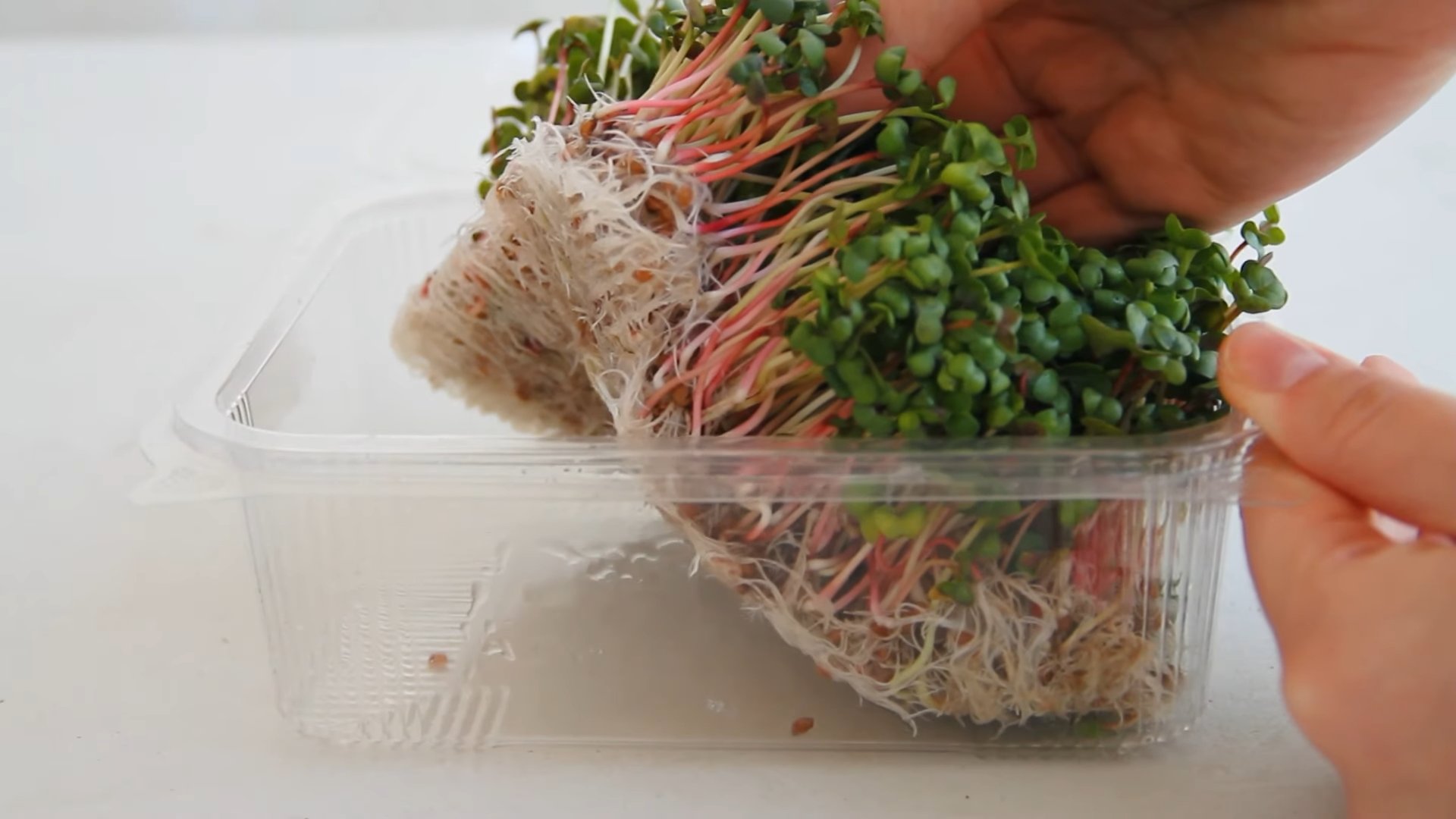
Grow Your Own Microgreens Indoors: A Beginner’s Guide
Hey there, fellow plant enthusiasts! Ever wanted to have fresh, nutrient-packed greens right at your fingertips, no matter the season? Well, you’re in luck! I’m going to walk you through the super simple process of growing microgreens indoors. Trust me, it’s easier than you think, and the rewards are delicious and healthy.
What are Microgreens, Anyway?
Before we dive in, let’s quickly cover what microgreens actually are. They’re basically baby versions of vegetables and herbs, harvested just after the cotyledon leaves (the first leaves to emerge) have developed. They’re packed with flavor and nutrients, often more so than their mature counterparts. Plus, they add a beautiful pop of color and texture to salads, sandwiches, soups, and just about anything else you can imagine!
Why Grow Microgreens Indoors?
Growing microgreens indoors gives you complete control over the environment. You don’t have to worry about weather, pests, or soil quality. It’s a year-round activity, so you can enjoy fresh greens even in the dead of winter. And honestly, it’s just plain fun to watch them sprout and grow!
Getting Started: What You’ll Need
Okay, let’s gather our supplies. The beauty of this project is that you probably already have many of these items at home.
* Seeds: This is the most important part! Choose seeds specifically meant for microgreens. Some popular options include broccoli, radish, sunflower, pea shoots, kale, and arugula. You can find these at most garden centers or online.
* Growing Trays: You’ll need two trays: one with drainage holes and one without. The tray without holes will act as a water reservoir. You can find these at garden centers or even reuse plastic containers (just make sure they’re clean!).
* Growing Medium: I prefer using coco coir, but you can also use seed starting mix or potting soil. Just make sure it’s fine-textured and well-draining.
* Spray Bottle: For misting the seeds and seedlings.
* Light Source: Microgreens need light to grow. A sunny windowsill might work, but a grow light will give you more consistent results. I use a simple LED shop light.
* Weight (Optional): A small weight, like a book or a brick wrapped in plastic, can help the seeds germinate evenly.
* Scissors or Knife: For harvesting your microgreens.
Step-by-Step Guide to Growing Microgreens
Alright, let’s get our hands dirty! Here’s the step-by-step process I use to grow my microgreens:
1. Soaking the Seeds (Optional but Recommended): Some seeds benefit from soaking before planting. This helps to soften the seed coat and speed up germination. Check the seed packet for specific instructions, but generally, soaking for 4-8 hours in cool water is a good starting point. I usually soak my radish and sunflower seeds.
2. Preparing the Growing Tray: Take the tray with drainage holes and fill it with your chosen growing medium. Moisten the medium thoroughly with water. You want it to be damp, but not soggy. I usually use my hands to gently press down on the medium to ensure it’s evenly distributed and compacted.
3. Sowing the Seeds: This is where the magic happens! Sprinkle the seeds evenly over the surface of the growing medium. Don’t overcrowd them, but you should aim for a fairly dense layer. The seed packet should give you an idea of the recommended seeding density. For smaller seeds like broccoli, I aim for a layer where the seeds are almost touching. For larger seeds like sunflower, I leave a little more space between them.
4. Covering the Seeds: After sowing, gently mist the seeds with water from your spray bottle. Then, cover the tray with a lid or another tray to create a dark, humid environment. This helps the seeds germinate. If you don’t have a lid, you can use plastic wrap.
5. Adding Weight (Optional): If you want to encourage even germination, place a light weight on top of the covered tray. This helps the seeds make good contact with the growing medium. I usually use a small book wrapped in plastic wrap.
6. Germination Period: Place the tray in a dark, warm place. Check the tray daily to make sure the growing medium is still moist. Mist with water as needed. The germination period varies depending on the type of seed, but it usually takes 2-5 days.
7. Introducing Light: Once the seeds have germinated and you see tiny sprouts emerging, remove the cover and the weight (if you used one). Now it’s time to introduce light! Place the tray under your grow light or in a sunny windowsill. If using a grow light, position it a few inches above the seedlings.
8. Watering: Continue to water the microgreens regularly. The best way to water is from the bottom. Pour water into the tray without drainage holes (the reservoir tray) and place the tray with the microgreens inside. The growing medium will absorb the water from the bottom. This prevents the seedlings from getting too wet and helps to avoid fungal diseases. I usually water every day or every other day, depending on how quickly the growing medium dries out.
9. Monitoring Growth: Keep an eye on your microgreens as they grow. They should start to develop their first true leaves (the leaves that look like miniature versions of the mature plant).
10. Harvesting: This is the most rewarding part! Your microgreens are ready to harvest when they have developed their cotyledon leaves and their first true leaves are starting to emerge. This usually takes 7-14 days, depending on the type of seed. To harvest, simply use scissors or a knife to cut the microgreens just above the soil line.
11. Enjoying Your Harvest: Rinse your harvested microgreens with water and enjoy them immediately! They’re delicious in salads, sandwiches, soups, smoothies, or as a garnish for just about any dish.
Troubleshooting Tips
Even with the best intentions, sometimes things don’t go exactly as planned. Here are a few common problems and how to fix them:
* Mold: Mold can be a problem if the growing medium is too wet or if there’s not enough air circulation. To prevent mold, make sure you’re not overwatering and provide good ventilation. If you see mold, you can try spraying the affected area with a diluted hydrogen peroxide solution (1 part hydrogen peroxide to 10 parts water).
* Leggy Seedlings: Leggy seedlings are tall and spindly, and they’re usually a sign that the plants aren’t getting enough light. Move the tray closer to your light source or provide more light.
* Uneven Germination: Uneven germination can be caused by uneven watering or uneven seed distribution. Make sure you’re watering evenly and that you’ve spread the seeds evenly over the growing medium.
* Slow Growth: Slow growth can be caused by a number of factors, including low light, low temperature, or poor soil quality. Make sure your microgreens are getting enough light and warmth, and that you’re using a good quality growing medium.
Choosing the Right Seeds
The type of seeds you choose will greatly impact the flavor and texture of your microgreens. Here are some of my favorites:
* Broccoli: Mild, slightly peppery flavor. A great source of antioxidants.
* Radish: Spicy, peppery flavor. Adds a nice kick to salads and sandwiches.
* Sunflower: Nutty, slightly sweet flavor. A good source of protein and healthy fats.
* Pea Shoots: Sweet, pea-like flavor. Delicious in salads and stir-fries.
* Kale: Earthy, slightly bitter flavor. A good source of vitamins and minerals.
* Arugula: Peppery, slightly bitter flavor. Adds a nice bite to salads and pizzas.
Experiment with different types of seeds to find your favorites! You can even mix different types of seeds together to create your own custom microgreen blends.
Maintaining Your Microgreen Garden
Once you get the hang of it, growing microgreens is a breeze. Here are a few tips to keep your microgreen garden thriving:
* Cleanliness is Key: Always use clean trays and tools to prevent the spread of disease.
* Rotate Your Crops: Don’t grow the same type of microgreen in the same tray repeatedly. This can deplete the soil and increase the risk of disease.
* Compost Your Spent Growing Medium: After harvesting your microgreens, you can compost the spent growing medium. This is a great way to recycle nutrients and reduce waste.
Beyond the Basics: Advanced Techniques
Once you’ve mastered the basics, you can start experimenting with more advanced techniques, such as:
* Using Different Growing Mediums: Try growing your microgreens in different mediums, such as hemp mats or hydroponic systems.
*
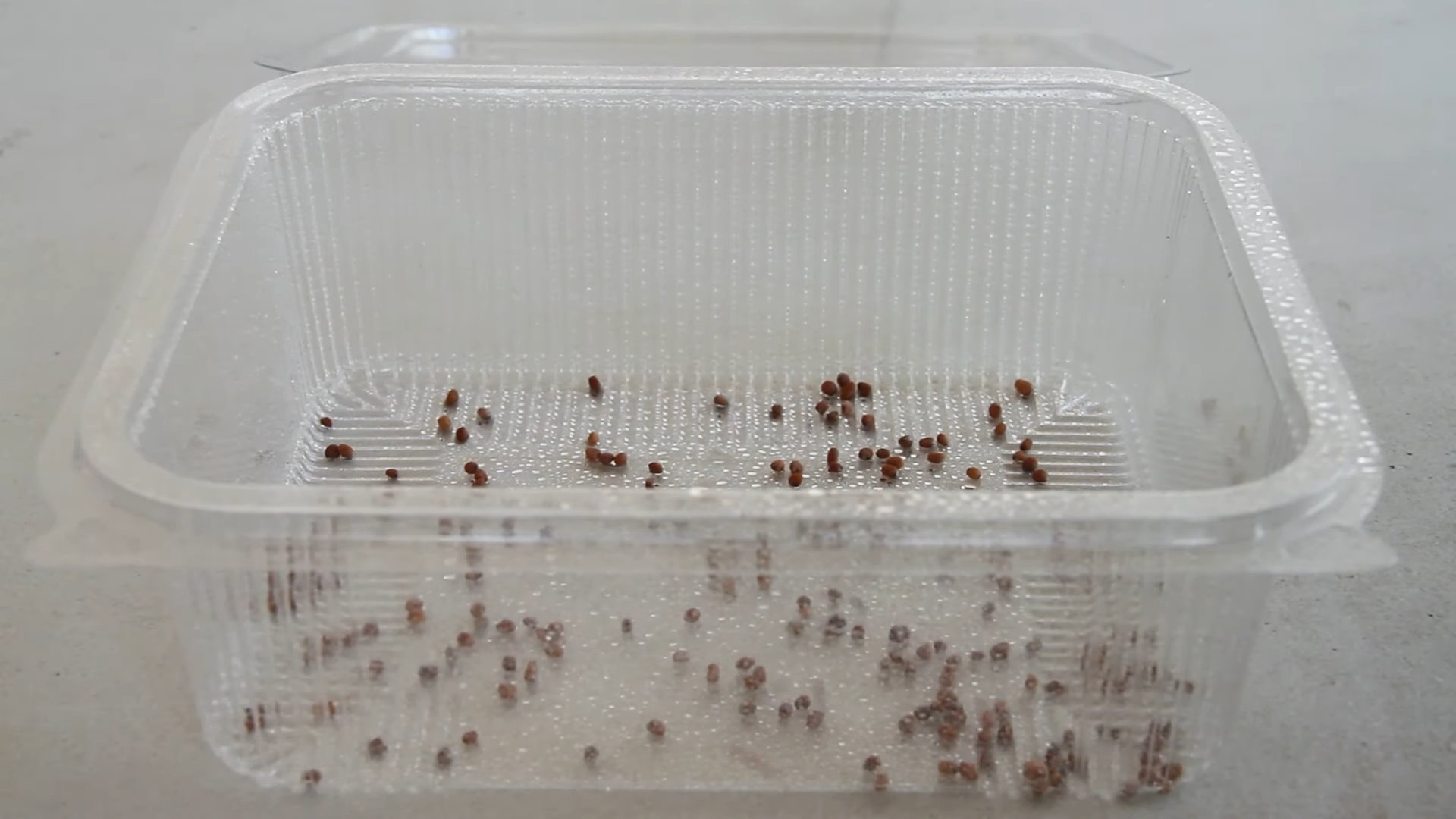
Conclusion
So, there you have it! Growing microgreens indoors is not only surprisingly simple, but it’s also an incredibly rewarding experience. Forget those expensive, pre-packaged containers from the grocery store. With a few basic supplies and a little bit of patience, you can cultivate your own vibrant, nutrient-packed microgreens right in the comfort of your home.
Why is this DIY trick a must-try? Because it puts you in control. You control the quality of the seeds, the cleanliness of the growing environment, and ultimately, the freshness and flavor of your microgreens. You’ll be amazed at the difference in taste compared to store-bought varieties. Plus, it’s a sustainable and cost-effective way to add a boost of vitamins and minerals to your diet. Think of the possibilities! Sprinkle them on salads, sandwiches, soups, or even use them as a beautiful and flavorful garnish for your favorite dishes.
But the benefits don’t stop there. Growing microgreens indoors is also a fantastic way to connect with nature, even when you’re stuck inside. It’s a calming and therapeutic activity that can help reduce stress and improve your overall well-being. Watching those tiny seeds sprout and transform into vibrant greens is truly a magical experience.
Ready to take your microgreen game to the next level? Consider experimenting with different seed varieties. Radish microgreens offer a peppery kick, while broccoli microgreens are packed with antioxidants. Sunflower microgreens have a nutty flavor, and pea shoots are delightfully sweet. You can even create your own custom blends to suit your taste preferences.
Another variation to explore is using different growing mediums. While soil is a popular choice, you can also try coco coir, hemp mats, or even paper towels. Each medium offers its own unique benefits and challenges, so experiment to see what works best for you.
Don’t be afraid to get creative with your setup. You can use repurposed containers like yogurt cups, plastic takeout containers, or even old egg cartons. Just make sure they have drainage holes to prevent waterlogging. You can also invest in a dedicated microgreen growing tray with a humidity dome for optimal results.
The key to success is to start small and learn as you go. Don’t be discouraged if your first batch isn’t perfect. Every growing experience is a learning opportunity. Pay attention to the amount of light, water, and ventilation your microgreens receive, and adjust your approach accordingly.
We are confident that you’ll find growing microgreens indoors to be a fun, easy, and rewarding experience. So, what are you waiting for? Grab some seeds, gather your supplies, and get growing! We can’t wait to hear about your microgreen adventures. Share your photos, tips, and experiences in the comments below. Let’s build a community of microgreen enthusiasts and inspire others to discover the joy of growing their own food. Happy growing!
Frequently Asked Questions (FAQ)
What exactly are microgreens?
Microgreens are young vegetable greens that are typically harvested 7-14 days after germination, when the first true leaves have emerged. They are larger than sprouts but smaller than baby greens, and they are packed with nutrients and flavor. They are essentially baby versions of mature vegetables and herbs.
Why should I grow microgreens indoors instead of buying them?
Growing microgreens indoors offers several advantages. First, it’s significantly cheaper than buying them from the store. Second, you have complete control over the growing environment, ensuring that your microgreens are free from pesticides and other harmful chemicals. Third, you can harvest them fresh, right when you need them, maximizing their flavor and nutritional value. Finally, it’s a fun and rewarding hobby that connects you with nature.
What kind of seeds can I use to grow microgreens?
Many different types of seeds can be used to grow microgreens, including broccoli, radish, sunflower, pea, kale, arugula, mustard, and cilantro. It’s important to use seeds that are specifically labeled for sprouting or microgreens, as these seeds are typically untreated and safe for consumption. Avoid using seeds that have been treated with fungicides or other chemicals.
What kind of growing medium should I use?
Several different growing mediums can be used for microgreens, including soil, coco coir, hemp mats, and paper towels. Soil is a popular choice because it provides nutrients and support for the roots. Coco coir is a sustainable alternative to soil that retains moisture well. Hemp mats are biodegradable and easy to use. Paper towels are a simple and inexpensive option, but they may require more frequent watering.
How much light do microgreens need?
Microgreens need plenty of light to grow properly. Ideally, they should receive at least 6-8 hours of direct sunlight per day. If you don’t have enough natural light, you can use a grow light to supplement. Position the grow light a few inches above the microgreens and keep it on for 12-16 hours per day.
How often should I water my microgreens?
Microgreens need to be kept consistently moist, but not soggy. Water them gently with a spray bottle or watering can, making sure to moisten the entire growing medium. Check the moisture level daily and water as needed. Avoid overwatering, as this can lead to mold and other problems.
How long does it take for microgreens to grow?
Microgreens typically take 7-14 days to grow, depending on the seed variety and growing conditions. Some varieties, like radish and mustard, grow quickly, while others, like cilantro and parsley, take longer. You’ll know your microgreens are ready to harvest when the first true leaves have emerged.
How do I harvest microgreens?
To harvest microgreens, simply snip them off at the base of the stem with scissors or a sharp knife. Wash them gently before using them in your favorite dishes.
How do I prevent mold from growing on my microgreens?
Mold can be a common problem when growing microgreens, but there are several things you can do to prevent it. First, make sure your growing environment is clean and well-ventilated. Second, avoid overwatering, as this can create a breeding ground for mold. Third, use a growing medium that drains well. Finally, if you do see mold, remove the affected area immediately.
Can I reuse the growing medium after harvesting my microgreens?
It’s generally not recommended to reuse the growing medium after harvesting microgreens, as it may contain pathogens or mold spores. It’s best to start with fresh growing medium for each batch of microgreens.
How do I store harvested microgreens?
Harvested microgreens should be stored in the refrigerator in a sealed container. They will typically last for 5-7 days. To keep them fresh, you can place a damp paper towel in the container with them.
Are there any microgreens I should avoid growing?
While most microgreens are safe to eat, there are a few that should be avoided. These include nightshade vegetables like tomatoes, potatoes, eggplant, and peppers, as their leaves can be toxic. Also, avoid growing rhubarb microgreens, as their leaves contain oxalic acid, which can be harmful. Always research the safety of a particular seed variety before growing it as a microgreen.

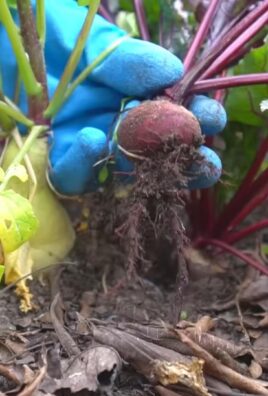
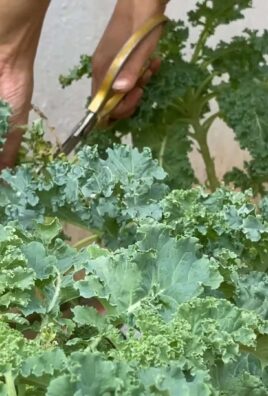
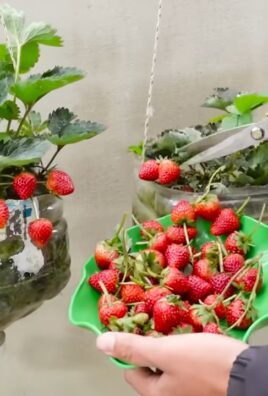
Leave a Comment